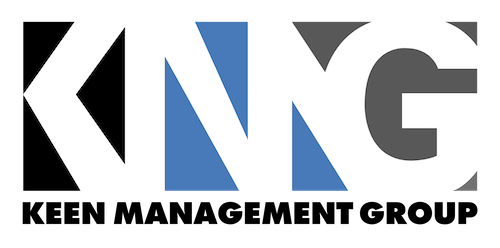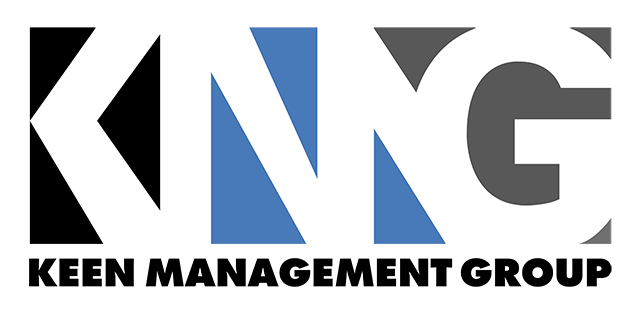
Business Strategy
We develop a strategic and tactical approach to promoting and selling the products & services of our customers; with valuable insights and market research.

Management Operations
The world of marketing and advertising is continuously growing; so we've built a business model to support many of those intricate stages of management operations.

Integrated Marketing
Customers are interacting with products and services in many new ways, so we've aligned our teams to be the thought-leaders and visionaries of the marketing cycle.

Advertising
Through the alignment of our marketing plans, we create strategic ways to call the public's attention to your brand; including through various forms of online and offline media channels.

Creative Service
Through our valuable insights, we help our customers develop what the creative direction should be for any project, program or campaign, including the audience, and the tone and manner.
When a customer is interested in obtaining our business services, our primary goal is to get a full understanding of who the customer is, learn their business model, get a full grasp of their industry, and also do an assessment of their strengths, weaknesses, where there are opportunities, and also where there are threats. We also put together a complete competitive analysis to get a full understanding of their competitors, their product or service lifecycles, and much more. At KMG, we are completely versed and educated in many different industries, therefore we have a great grasp of some of the right solutions to fulfill the business needs. During this initial phase, we also use this time to inform the customer of our key areas of focus, and how we might be able to fulfill their business goals. At KMG, we like to set expectations right away, therefore, we’ll have a good understanding of the type of service plan you will need.
Discovering The Scope
While phase one sets the path to learning more about our customer, the second phase of our business-to-client relationship is dedicated to fully understanding the problems that we are trying to solve for the customer, including factors of consideration, and also an understanding of the holistic view of the assignment. During phase two, we dedicate our ears to the customer and use this time to listen. Understanding the the scope of the business request is extremely important and vital to our execution phase, therefore this meeting is an essential part to the development of our business agreement and also our creative brief. During this discussion, our customers use this time to go in depth with their service model, some of their challenges, the goals they are looking to achieve, and much more. We also discuss the available resources, the budget, timing, management expectations, and any other important factors about the scope.

First Step
Team Alignment
Once we’ve discovered the scope of the business request, the first step to our strategic workflow is to appoint an Account Director to the project, along with the necessary teams that will help support the day-to-day activation of the scope. The Account Director serves as the lead to the project, and will therefore align the right internal departments here at KMG to fulfill all of the business goals. While our team works in a cross-functional manner, we also like to integrate with the customer’s support teams to help us fill in the gaps where necessary.

Second Step
Strategic Planning
Now that we’ve aligned our teams and internal resources, the second step to kicking off the project is planning the roadmap ahead, including the development of a strategic plan so that everyone throughout the organization has a great understanding of the goals, and the stages that it will take to accomplish them. At KMG, planning is an essential part of meeting the customers goals, and also sets the pathway for the success of the project.

Third Step
Aligning Business Resources
Every project that we engage in (whether big or small) is aligned with several key resources that help bring the project to life. Whether it be creative resources, operations, production resources, research, and more — our business leaders on the project join forces to align all of the resources that will help fulfill the project. When we align those resources needed on the project; it helps us determine cost estimates, a P&L flow, forecasting, conceptualizing, mapping, process, timing, and much more.

Fourth Step
Project Execution
Now that we’ve aligned our key resources and also have a strategic plan in place on how to meet (or overachieve) the project goals, the next step in our workflow is to begin execution, which includes ongoing interaction and communication amongst teams to meet the project goals. At KMG, we join forces with our customers and work with them on a day-to-day basis to implement many of the plans that we’ve put in place. During this part of the workflow, our teams are in full collaboration.

Fifth Step
Project Delivery
While engaged in our execution phase throughout the project lifecycle, we are also responsible for delivering all of the key deliverables to help push the project forward and into existence. Deliverables vary on a number of key factors throughout the term of the scope, including creative, operations, strategy, collateral, and more. Project delivery is the most important area within each project, however we assure delivering those sections in a very strategic way, and on par with the customer’s business goals.

Sixth Step
Post Project Analysis
Once we’ve delivered all of the key deliverables throughout the project and also launched either the program or campaign, the final step is to have a post mortem review with the customer; where we discuss the journey to launch the project (whether positive or negative), discuss lessons learned, address any successes or challenges, and much more. We also measure performance through an analytical approach. For every initiative that we engage in, we track the metrics on whether we met or overachieved customer expectations.

